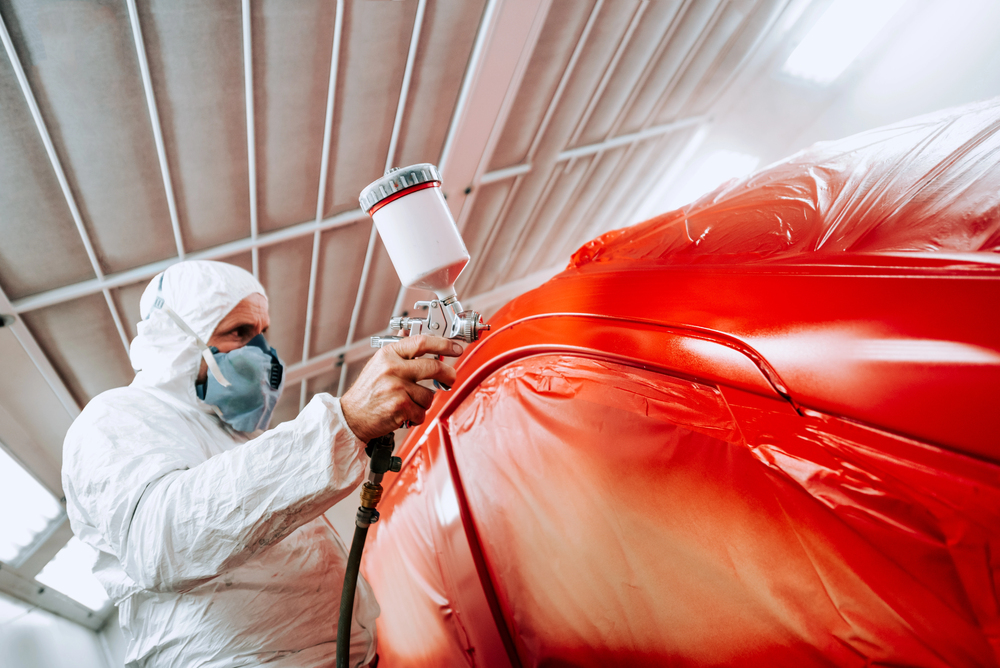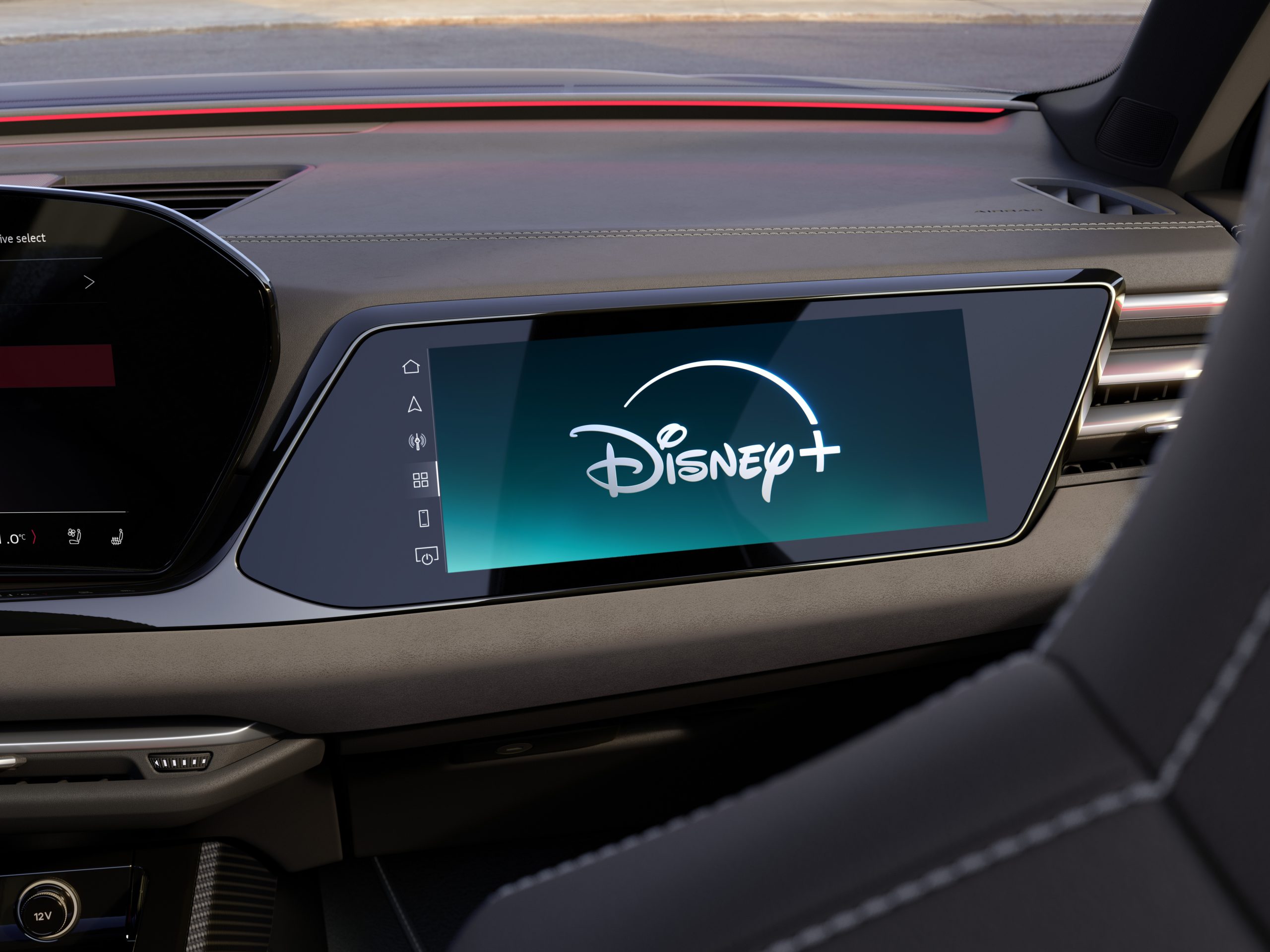Why Does Your Car Shake While Driving?


Experiencing vibration in your car while driving can be concerning and is not an issue to be ignored. Car shakes can stem from various sources, ranging from wheel and tire issues to problems with the suspension, steering, engine, or drivetrain. Diagnosing the root cause is crucial as it ensures the safety and longevity of your vehicle.
Properly maintaining a car is essential to avoid shakes and vibrations while driving. Regular inspections can identify early signs of wear or damage, allowing for timely repairs that can prevent further issues. A vehicle that is well-cared for provides a smoother and safer driving experience.
Key Takeaways
- Vibrations can be caused by tire, wheel, suspension, steering, engine, or drivetrain issues.
- Timely diagnosis is key to addressing the cause of car shakes and ensuring vehicle safety.
- Regular maintenance is crucial to preventing vibrations and prolonging a car’s life.
Understanding Car Shakes and Vibrations
Experiencing vibrations or shakes while driving can be disconcerting and indicates potential issues with your car. These sensations can range from a gentle shudder to more pronounced shaking and typically point to underlying mechanical problems.
Common Causes:
- Wheel Issues: Unbalanced or damaged wheels often lead to significant shaking, particularly at high speeds.
- Engine Problems: Irregularities in the engine’s operation might cause vibrations that are felt throughout the vehicle.
- Suspension Problems: Worn or faulty suspension components can make your car feel unstable and shaky.
- Brake System Issues: Problems with the brake rotors or pads can cause pulsations, especially noticeable when braking.
How to Diagnose:
- Visual Inspection: Begin by examining the wheels and brakes for noticeable damage.
- Balance Check: Have the tire balance checked if the shaking occurs at certain speeds.
- Alignment Verification: Incorrect wheel alignment can contribute to uneven driving experiences.
- Component Testing: Examine suspension and engine parts for wear or failure.
Solutions:
- Correction: Address unbalanced wheels by having them balanced.
- Replacement: Substitute worn or damaged parts in the brake and suspension systems.
- Alignment: Align wheels according to the manufacturer’s specifications.
- Professional Assessment: For persistent or uncertain causes, consult a mechanic for a thorough diagnosis and remedy.
Initial measures can involve simple inspections and corrections, whereas others might require more extensive repairs. Quick action is recommended to prevent more serious damage and to ensure safety on the road.
Tire and Wheel Inspection
Proper tire and wheel maintenance is key in preventing vehicle shaking. Regular inspections can identify issues early, ensuring a smooth ride.
Tire Pressure and Condition
Tires should be inspected for proper inflation as per the manufacturer’s recommendations. Low tire pressure can lead to improper tire wear and reduce the stability of the vehicle. Inspect tires for signs of damage, such as cuts, punctures, or bulging, which could indicate a damaged tire and cause vibration.
- Check: Use a reliable tire pressure gauge.
- Inspect: Look for physical damage or uneven wear patterns.
- Action: Inflate tires to the proper level or replace damaged tires.
Wheel Balancing and Alignment
Wheel balancing is critical since unbalanced wheels can cause the car to shake. Balancing involves adjusting the weight distribution on the tire and wheel assembly. It should be performed regularly or when new tires are installed.
- Balance Tires: Necessary to avoid uneven wear and vibration.
- Wheel Alignment: Misaligned wheels can lead to handling issues and abnormal tire wear.
Alignment ensures the wheels are set to the correct position as per the vehicle’s specifications. Improper alignment can result not only in shaking but can also accelerate tire degradation. Regular alignment checks, especially after hitting a pothole or curb, can prevent these issues.
- Check: Periodic wheel alignment is needed.
- Signs: Uneven tire wear or a steering wheel that is off-center while driving straight.
Suspension and Steering Systems
The performance of a car’s suspension and steering systems is central to the experience of smooth vehicle control and drive quality, directly influencing on-road stability and handling.
Suspension Components
The suspension system includes a range of components such as ball joints, bushings, and control arms that are fundamental in providing stability and absorbing the impact from road irregularities. A primary indication of a suspension problem is the presence of uneven tire wear or a car that pulls to one side. Ball joints, serving as pivot points between the wheels and suspension, can wear out and cause vibrations. Similarly, bushings, which cushion the suspension system, may degrade and result in a less stable ride. Replacing worn suspension parts is essential for maintaining proper vehicle handling and comfort.
Steering Mechanism
The steering mechanism consists of interconnected components including the steering rack, tie-rod ends, and wheel bearings which enable precise vehicle control. Worn wheel bearings may cause a noticeable shaking in the steering wheel, particularly at certain speeds or when turning. Loose steering components, like tie-rod ends, can reduce steering precision and safety. These issues require immediate attention, as a precise steering response is crucial for safe driving. Regular inspections by a qualified mechanic can identify and resolve such issues, maintaining the integrity of the steering system.
Engine and Drivetrain Health
Proper functioning of the engine and drivetrain is vital for the smooth operation of a vehicle. Issues with either can lead to car vibrations during driving, highlighting the importance of regular checks on these mechanical components.
Spark Plugs and Ignition System
Spark Plugs: These are critical for starting your car and keeping the engine running smoothly. Bad spark plugs can cause misfires, leading to engine vibrations. Inspect spark plugs for signs of wear or damage, and replace them if they are found to be faulty.
Ignition System: It’s essential for the efficient operation of the vehicle. Issues within this system, such as damaged coils or worn-out spark plug wires, can lead to poor engine performance and shakiness.
Driveshaft and CV Joints
Driveshaft: This component transfers torque from the engine to the wheels. If the driveshaft is imbalanced, it can cause the vehicle to shake. Regular inspections are necessary to detect such imbalances and address them promptly.
CV Joints: The Constant Velocity (CV) joints are part of the drive axle that connect the transmission to the wheels. Wear or damage to the CV joints often results in vibrations while driving. Noises coming from the CV joint during tight turns are a common warning sign.
In both cases, checking the condition of engine mounts, also known as motor mounts, is crucial—they secure the engine and transmission within the engine bay. Bad motor mounts may lead to excessive engine movement, which can manifest as vibrations.
Fixing and Preventing Car Shakes
Effective strategies for resolution and ongoing prevention are integral for addressing and averting car shakes.
Routine Maintenance
Tire Maintenance: Regular inspections of tire pressure and tread wear are essential. Keeping tires properly inflated and rotating them according to the manufacturer’s schedule can prevent imbalance.
- Tire Balancing: Balance tires periodically to distribute weight evenly around the wheel.
- Alignment Check: Ensure your car’s wheels are aligned to avoid uneven tire wear and vibration.
Brake Maintenance: Brake system inspections are needed to prevent shakes. Replacing worn-out brake pads or brake rotors is essential for maintaining the stability of your vehicle during stops.
- Inspection Frequency: A consistent brake check schedule helps catch and fix issues before they lead to shaking.
Engine and Transmission Care: Regular servicing keeps engine and transmission components running smoothly.
- Filters: Replace air and fuel filters as recommended to prevent engine problems.
- Fluids: Maintain proper levels and quality of all essential fluids.
Addressing Specific Issues
Diagnosing Unusual Vibrations:
- Tire Issues: If car shake is present, assess for damaged tires or wheels, incorrect tire pressure, and tire wear.
- Wheel Runout: Measure runout with a dial indicator to check for irregularities in the wheel’s rotation.
- Lug Nuts: Ensure lug nuts are tightened to the manufacturer’s specification to avoid wheel wobble.
Brake System Repairs:
- Rotors and Pads: Examine brake rotors for warping and brake pads for wear. Service as needed to maintain performance and safety.
Suspension and Steering Components:
- Check Components: Inspect for worn out suspension and steering parts that can contribute to car shake.
- Repairs: Service any faulty parts, like bushings or tie rods, to stabilize the vehicle.
Engine Performance Issues:
- Idle Problems: For rough idle, inspect for vacuum hose leaks and test idle air control valves.
- Fuel Injectors: Clean or replace clogged fuel injectors to ensure efficient fuel delivery and smooth engine operation.
Transmission Issues:
- Fluids: Check transmission fluid levels and conditions. Service the transmission if fluid is dirty or low.
- Repairs: Address any apparent transmission malfunctions that could be causing vibrations.
Professional Diagnosis and Repair
When experiencing vibrations in your vehicle, obtaining a professional diagnosis is a key step towards accurately identifying and fixing the issue. Technicians utilize specialized diagnostic tools to inspect mechanical components and electronic systems that may indicate the root cause of car shaking.
Initial Assessment: A mechanic will typically start with a visual and manual check to evaluate the condition of the tires, brakes, suspension, and ball joints. Worn or damaged components can lead to significant safety hazards.
Diagnostic Equipment: Advanced scanners read data from the vehicle’s onboard computer, helping to identify issues that trigger the check engine light. This might include engine problems or power steering issues, often not evident without computerized assistance.
- Tire and Wheel Inspection:
- Check tire balance and alignment.
- Inspect tires for uneven wear and damage.
- Examine wheel bearings and suspension components.
- Brake System Examination:
- Inspect brake pads, rotors, and calipers.
- Test brake fluid levels and pressure.
- Suspension System Check:
- Assess shock absorbers and struts.
- Evaluate the integrity of ball joints.
Test Drives: Mechanics may conduct test drives to observe the vehicle’s behavior under various conditions and pinpoint any abnormalities in vehicle performance.
After the professional repairs are prescribed, the mechanic will often suggest specific repairs or replacements. The work might range from balancing the wheels to swapping out a failing component. It is critical to address these recommendations promptly to maintain the vehicle’s safety and performance.
By relying on expert mechanics for diagnosis and repair, drivers can confidently address the causes of vehicle vibrations and ensure their car operates smoothly and securely.










